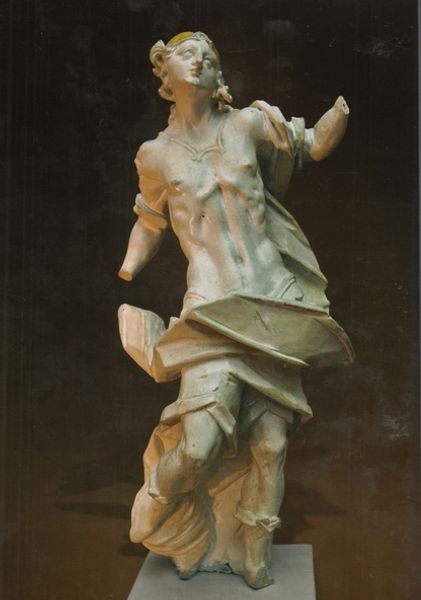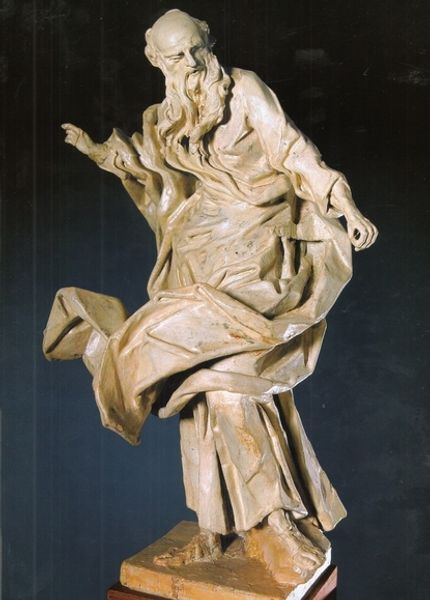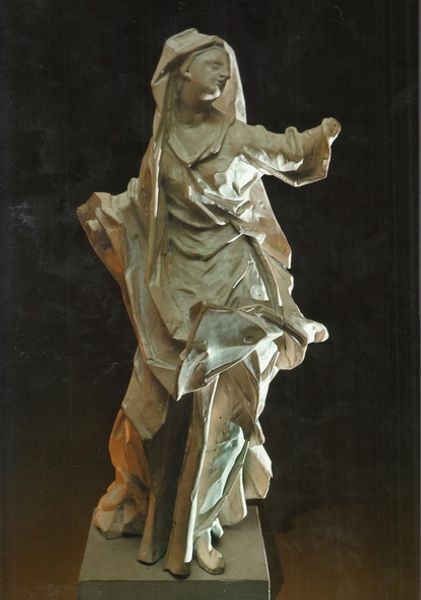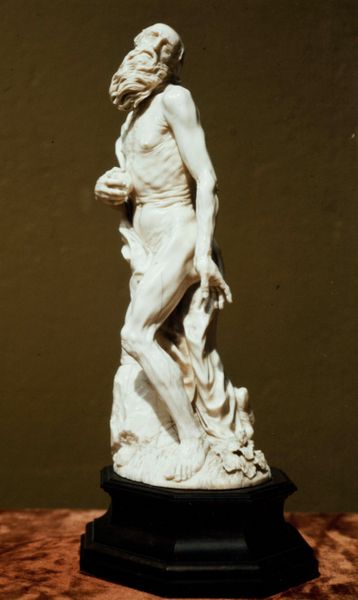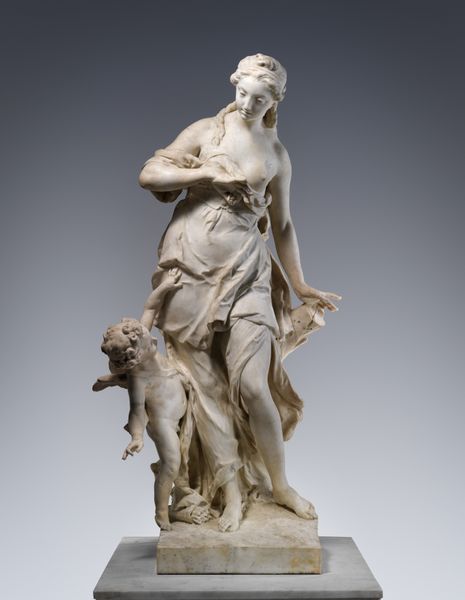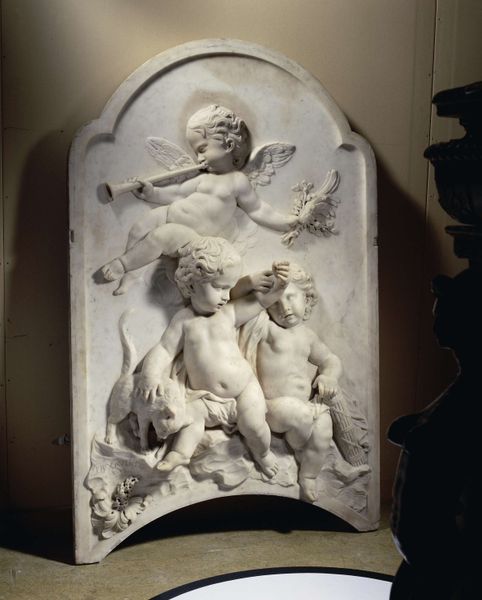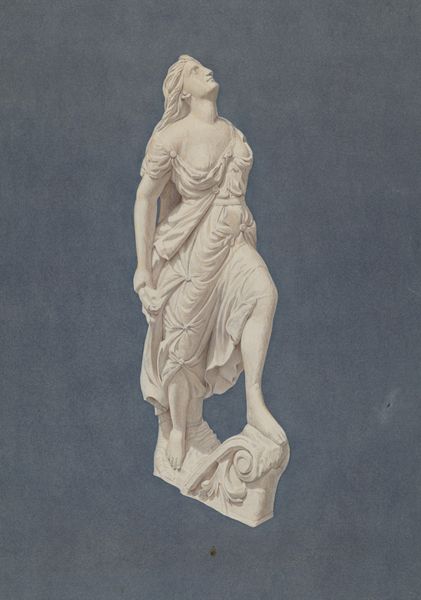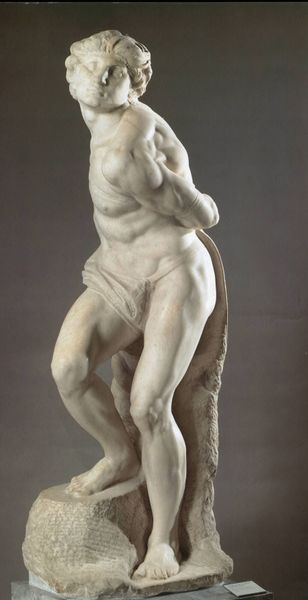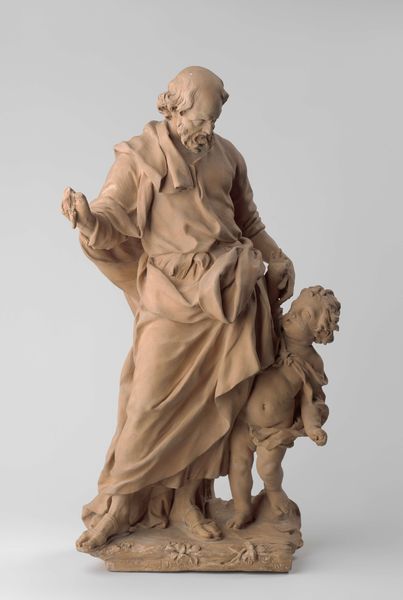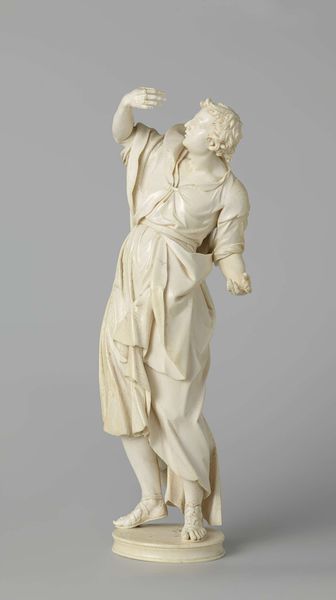
carving, sculpture, marble
#
carving
#
baroque
#
sculpture
#
figuration
#
form
#
sculpture
#
marble
Copyright: Public domain
Editor: So, this is "Allegory of Wisdom," a marble sculpture by Johann Georg Pinzel, created around 1755. It’s Baroque, full of swirling movement. I’m curious about how this piece, in its material form, conveyed a message about wisdom during its time. What can you tell me about this? Curator: Let's consider the labour and the economics involved in producing a sculpture like this in the 18th century. Who had access to marble, who could afford to commission such a piece, and what message does the very act of creation send? How does the materiality of marble - its source, its transportation, the sheer physical effort of carving - inflect our understanding of 'wisdom' as a concept here? Editor: That's a perspective I hadn’t considered. So, it's not just about the allegorical figure but also the socio-economic context of its making? Curator: Precisely. Consider the carving techniques. Note the deep undercuts, the expressive drapery. This wasn't simply about representing "wisdom"; it was about showcasing the sculptor's mastery over the material, a display of skill tied to power structures and patronage. What do you think that level of ornate labour communicates? Editor: It highlights the economic surplus of the elites able to afford something so extravagant and intricate. Also, there's this tension between the permanence of the marble and the fleeting, dynamic pose Pinzel chose to represent, suggesting wisdom as something active and engaged. Curator: Exactly. And let's remember that 'wisdom' wasn't a universally accessible concept. In this context, the sculpture becomes an object of both reverence and potential social control, embodying ideals curated by a specific class through the means of production available to them. Editor: That frames it very differently than I initially perceived it! It bridges the gap between an abstract concept and the realities of artistic production in a certain era. Curator: It certainly gives you a different lens for understanding not just this work but art more broadly, as reflecting labour and societal power.
Comments
No comments
Be the first to comment and join the conversation on the ultimate creative platform.
